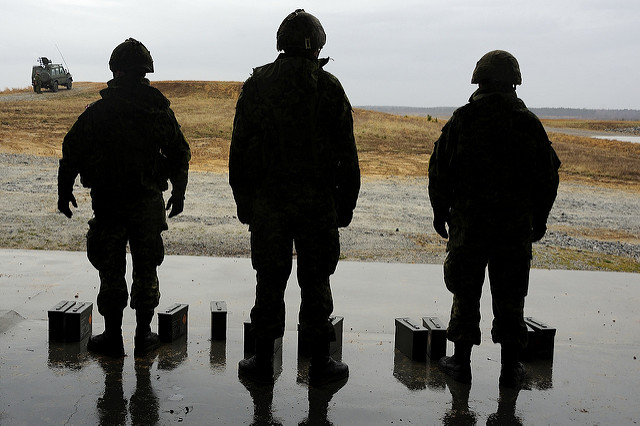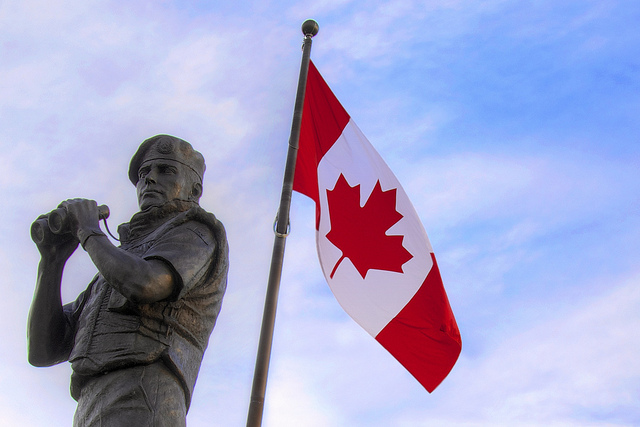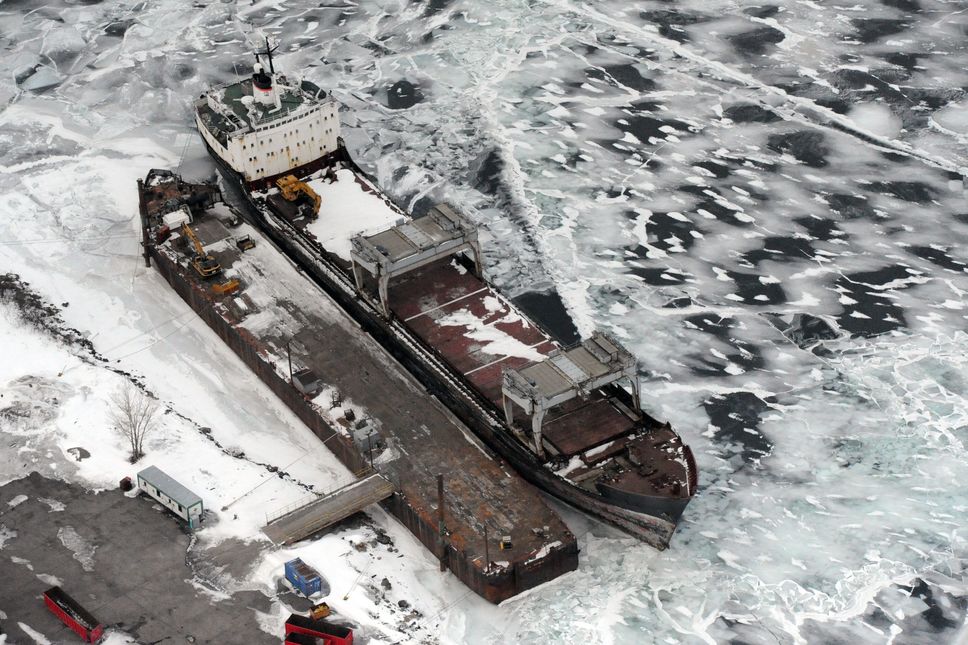Last week, three former Canadian Armed Forces (CAF) members spoke out publicly about their experiences in CAF ‘prisoner of war training exercises’ in the 1980s. According to Angelo Balanos, Rodger Junkin, and Jeffery Beamish, the three men were among a group of 33 recruits who were placed in small jail cells where they underwent exercises that simulated the experience of being prisoners of war (POW).
The men told CBC News that they were stripped naked, doused in cold water, and denied food while being forced to listen to loud music for more than 40 hours. “This was ice cold water. This was cold as you could get. The windows are open and you would be absolutely freezing,” Beamish said. “At points I just even stopped shivering, I was so cold.”
The exercise took place at Canadian Forces Base Wainwright, located 200 kilometers from Edmonton. The men were told they would be kicked out of the military if they did not complete the exercise. They remember instructors burning the Canadian Charter of Rights and Freedoms in front of them. Balanos and Beamish’s decision to remain in the exercises could be partly explained by the condition of Stockholm syndrome, a psychological response in which the hostage develops an alliance with the captor to survive.
Former lieutenant-colonel, Robert Dallison says “The purpose of those exercises is to give them a feeling or an understanding of what it would be like to be a prisoner.” However, he says the claims of Balanos and Beamish don’t sound right. Dallison says preparing soldiers for the possibility of becoming captured is part of regular training as a result of Canadians POWs in the Korean War, in which 32 Canadian soldiers were captured by Communist forces. During this time, China and North Korea had yet to sign the revised Geneva Convention of 1949 which added Articles 13 to 16 stating “prisoners of war must be treated humanely without any adverse discrimination and that their medical needs must be met.” Therefore, Canadian POWs were treated poorly, often being placed in solitary confinement or forced to engage in hard labor.
“They had the music cranked up — Led Zeppelin, I think. I just remember the repetitiveness of the song over and over again for 40 hours straight,” said Balanos. The use of music as a torture technique was on public display after the United States Senate Intelligence Committee torture report in 2014. The CIA would play the same song at high volumes to cause sleep deprivation in its detainees. The music would wear them down until they were psychologically “broken”. The technique would also act as a trigger to a detainee, whenever a certain song played, they knew they would face more interrogation.
Since leaving the military, Balanos has struggled with work and relationships as he has been diagnosed with post-traumatic stress disorder (PTSD) and major depression due to his experience in 1984. “Theres no other way to explain it but torture” Balanos said, “it was just pure torture for no reason.” The training methods highlight the tension between providing soldiers with a realistic training experience while ensuring not to cause serious physical or mental harm. Although militaries want to provide a realistic simulation of what soldiers may experience on the battlefield, it is important not to cross the line as it can result in life-long implications for the soldier. The exercise in question seriously impacted the soldiers psychologically. According to Amanda Williams report on the Psychological Impact of Torture, physiological problems torture victims experience include PTSD, anxiety, and depression. “The ability to stand up for myself for the first part of my career, I lost that,” Junkin says. “I didn’t know what was right or wrong. That was taken from me. Later in life, I realized you can’t do this to me.”
Veterans Affairs Canada has recently acknowledged Beamish’s mental illness as a result of military training and have agreed to cover his PTSD treatment. The men make it clear they are not looking for a payout, but rather an apology and acknowledgment that such events took place. The department which oversees the military police is currently reviewing the investigation.
Photo:Three Canadian soldiers wait for a pause during a live fire training exercise to replenish ammunition (2013), by Combat Camera via Flickr. Photo courtesy of Canadian Armed Forces Combat Camera.
Disclaimer: Any views or opinions expressed in articles are solely those of the authors and do not necessarily represent the views of the NATO Association of Canada.




